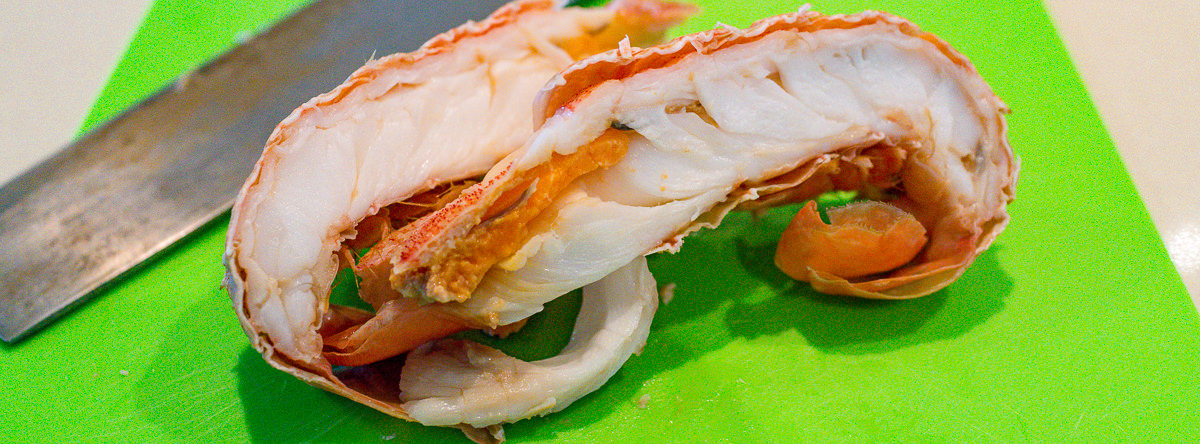Dear Reader,
When I read “tomahawk”, I think of a small axe! This steak was more like a small hatchet.
I saw this in the supermarket yesterday while grocery shopping and my eyes shone like dinner plates.
Two weeks ago, when I went out for the chicken parmigiana dinner with workmates, I saw the Fenway Public House tomahawk steak on the menu. My friend, MG, said her husband loves a tomahawk steak. My reply was that we should all return for a meal and enjoy a steak.

When I saw this steak in the meat display cabinet, I immediately thought to cook it at a low temperature in the oven. I’d follow this by searing it in a castiron skillet. To prepare for this approach, I dry brined the meat with monosodium glutamate, also known as MSG, and King of Flavour!

The more I thought about the meal; I concluded I would cook it “under vacuum” (sous vide).
Ingredients
- Steak
- MSG
- Cabbage
- Sesame oil
- Shallots
- Red chillies
- Carrot
- Parsley
- Instant gravy
Instructions
- Think ahead and give yourself a day to prepare so you can dry brine the meat.
- Place the steak on a rack over a baking tray.
- Season the steak with MSG.
- Place the steak on the rack and then into the refrigerator and leave uncovered overnight.
- When you want to cook the steak, place the meat into a vacuum bag and seal it.
- Cook the meat in a water bath at 54 °C (129 °F) for two hours. This temperature should produce a medium-rare result.
- Remove the meat from the bag and pat it dry with kitchen paper.
- Sear the surfaces of the steak in a hot castiron skillet basting it in some butter.
- Allow the steak to rest for between 5 and 10 minutes.
- Make the instant gravy as per the maker’s instructions.
- Make the cabbage side dish with sliced cabbage, julienned carrot, sesame oil, shallots, and parsley.
- Put all the vegetables in a microwave cooking container and add some vegetable oil, MSG, and pepper. Heat with microwave radiation until it’s cooked and the cabbage still has some crunch.
- Carve the flesh from the rib bone, and with a sharp knife, follow the muscle bundle fascia to prise apart the principal muscle bundles.
- Keep the eye fillet aside for meals later in the week.
- Slice the fat cap meat.
- Place the bone plus the fat cap meat on a dinner plate alongside the cabbage side dish.
- Spoon over some gravy.
- Give thanks to the Lord.
- Eat with a steak knife and fork unless, like me, you live alone and eat with fingers in a primal fashion.
- The best part may be gnawing the meat from the rib bone.
Monosodium glutamate

Food Standards Australia New Zealand (FSANZ)
You can find the FSANZ technical report on their website. MSG=monosodium glutamate; CRS=Chinese restaurant syndrome. I recognise and acknowledge there are many people who prefer to avoid MSG and I’d never suggest they should try it or that they don’t have a legitimate reason not to use it or consume it.
I’ve had a few people ask me about MSG and my opinion so I thought it best to refer to a published report in which I have no concerns.
The report concludes:
“There is no convincing evidence that MSG is a significant factor in causing systemic reactions resulting in severe illness or mortality. The studies conducted to date on CRS have largely failed to demonstrate a causal association with MSG. Symptoms resembling those of CRS may be provoked in a clinical setting in small numbers of individuals by the administration of large doses of MSG without food. However, such affects are neither persistent nor serious and are likely to be attenuated when MSG is consumed with food. In terms of more serious adverse effects such as the triggering of bronchospasm in asthmatic individuals, the evidence does not indicate that MSG is a significant trigger factor.“
Final thoughts
- Do you like gnawing meat from the bone?
- Do your eyes shine like dinner plates when you see something you lust after in the supermarket meat display cabinet?
- What would you do with the leftover fillet meat?
- What are your thoughts on MSG?
















